Immunodeficient mice and rats have been integral tools for preclinical oncology research and drug development for the last four decades. By strategically manipulating the immune system, Taconic is building models that are ideal hosts for tumor cell lines (CDX), patient-derived xenografts (PDX), and tumor xenografts. Taconic offers an extensive portfolio that goes beyond nude mice and rats, including the well-established super immunodeficient CIEA NOG mouse® and the exclusive Jh mouse. To help you navigate the complexities of study design, download our xenograft host selection guide and explore our xenograft cell line database. Our scientists are ready to assist you in selecting the right models for your study.
Immunodeficient Mice & Rats
Key Immunodeficient Mouse and Rat Model Comparison Table
Certain cell lines engraft easily in nude or scid mice, but slow-growing cell lines and patient-derived tumors may require super immunodeficient hosts such as NOG mice. NOG and next-generation NOG strains are also appropriate hosts for immune system humanization, and these models can be further engrafted with human tumors to study immuno-oncology therapeutic efficacy.
Taconic Biosciences has compiled a database of published human tumor cell lines, with details on cancer type, appropriate host strains and published references. This is an excellent starting point for identification of desired cell lines, likely hosts and starting conditions for a pilot study. Not sure which strain may be best for your study? Contact us for a free trial, including comparison of multiple host strains.

What are patient-derived xenografts?
PDX are xenografts developed directly from primary human tissue. A consented patient with cancer has a surgical resection as part of their treatment plan. Part of the resected tissue is used to develop a xenograft. Typically, the original surgical specimen is dissected into small fragments or dissociated into a single cell suspension and then implanted in a small number of immunodeficient mice. Samples that successfully grow are harvested and expanded in another round of immunodeficient hosts. This process is called passaging. To keep the PDX as close to the patient as possible, passage numbers are restricted to reduce adaptation of the tumor to the mouse host.
Xenograft Cell Line Database
Extensive reference database to support your model selection
What are the benefits of PDX?
According to a review article, "they are biologically stable when passaged in mice in terms of global gene-expression patterns, mutational status, metastatic potential, drug responsiveness and tumour architecture." Unlike cell lines, which have been adapted to prolonged in vitro culture, patient-derived xenografts are typically grown only in vivo. Low passage PDX may better model the original patient's tumor by retaining tumor heterogeneity, gene expression and similar response to treatment. PDX are thus thought to be more translational as a drug development tool. Clinical history may be available for some PDX. For example, tumors from patients who have previously been treated with a first line therapeutic may be selected to study a new drug designed for use after first line treatment failure. According to Hui Gao, a Novartis researcher, "PDX mice are so powerful because they can capture the genetic heterogeneity that exists within one patient's tumor and across many patients' tumors...That combination holds enormous promise for our ability to predict up front which drugs might help which patients."
What are the drawbacks of PDX?
Setting up PDX studies can be more logistically complicated and expensive. With cell line xenografts, it's relatively simple to have 100 nude mice engrafted with HeLa cells ready to go on a Monday for screening. This can be more challenging with PDX models. PDX models may not be available for all tumor types of interest. Some PDX models are slow growing, increasing experimental time and cost. Additionally, access to PDX models can be an issue.
Which mouse strains and stocks are appropriate PDX hosts?
Many of the early publications describing PDX generation referenced use of nude and scid animals as hosts. Some PDX developers continue to use those strains and stocks, but there seems to be a shift among many PDX researchers towards use of more immunodeficient strains. Strains with greater immunodeficiency such as the NOD scid or the CIEA NOG mouse® can provide better take rates in some situations. A more immunodeficient host may also better preserve tumor heterogeneity. In some cases, this tumor heterogeneity includes donor immune cells, which can cause some complications.
Humanized Immune System Mice as Xenograft Hosts
Humanized
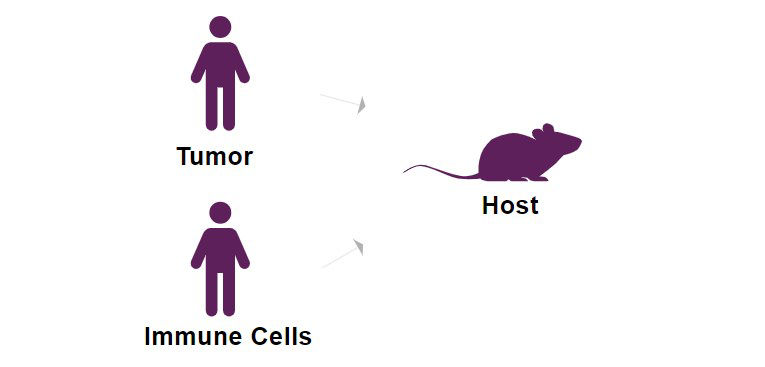
- Human tumor with human immune cells
- Limitations on immune cell engraftment
- Potential for graft vs. host disease (GvHD)
- Species mismatch between tumor/immune cells and stroma
The NOG Portfolio offers a series of super immunodeficient NOG strains expressing different human cytokines which may better support the engraftment of certain tumor types. Humanized immune system models using these strains are widely applied in preclinical immuno-oncology research. Selection of the best strain starts from determination of which human cell types are of interest.
Model | Description | Xenograft Applications |
|---|---|---|
| CIEA NOG mouse® | A super immune deficient mouse with unparalleled potential for engraftment of human cells and tissues | Difficult to engraft cell lines and patient-derived tumors; Immune system humanization, including co-engraftment of human tumors. |
| NOG-EXL | NOG expressing human GM-CSF and IL-3 | Studies involving human myeloid cells; host for acute myeloid leukemia (AML) PDX. |
| hIL-2 NOG | NOG expressing human IL-2 | Research involving human T cells, CAR-T cell efficacy studies, tumor infiltrating lymphocytes (TILs). |
| hIL-6 NOG | NOG expressing human IL-6 | Studies involving human monocytes and macrophages, including tumor-associated macrophages (TAMs); host for multiple myeloma (MM) PDX. |
| hIL-15 NOG | NOG expressing human IL-15 | Studies involving human NK cells, including efficacy studies with antibody-dependent cellular cytotoxicity (ADCC) mechanisms. |
| B2m-NOG | NOG mouse lacking B2m gene | Can successfully engraft human peripheral blood mononuclear cells (PBMCs) and tumors. Compared to NOG, B2m-NOG mice have markedly delayed GvHD onset after human PBMC engraftment, providing an expanded study window (8+ weeks), vastly increasing the utility of the PBMC model for immuno-oncology experiments. |
Taconic offers study-ready humanized immune system (HIS) mice, custom engraftments and support for in-house model development. Contact us to learn more.
Care of Immunodeficient Mice and Rats
Immunodeficient animals require special housing and husbandry, and failure to handle them under appropriately stringent conditions can lead to both poor animal welfare and experimental outcomes. General guidelines are included below, but certain specialized models may have additional requirements. Please review individual model webpages for specific recommendations for each model.
Most facilities receive multiple animal deliveries on the same day. These shipments carry rodents of varying strains and health status.
- Rather than unpacking deliveries randomly, Taconic Biosciences recommends sorting transit cages based on immune status and health standard.
- Unpack immunodeficient animals first, then move to immunocompetent animals at higher health status and finally immunocompetent rodents at lower health status.
- Unpacking should occur in a cage change station or biosafety cabinet. Unpack immunodeficient animals from the transit cage directly into the housing cage.
- Immunodeficient animals should be housed in the cleanest portion of the animal facility. Ideally, they are housed in a separate room from immunocompetent animals. If this is not possible, personnel should finish work with immunodeficient animals before working with immunocompetent animals.
- All materials that contact immunodeficient animals should be sterilized, ideally through steam sterilization. This includes cages, bedding, water and feed.
- Taconic does not recommend prophylactic antibiotic treatment of immunodeficient animals for many reasons, including concerns about increasing antibiotic resistance and intestinal dysbiosis.
- Microisolator housing, for example, individually ventilated cages, should be employed. Using proper decontamination procedures between the changing of cages is recommended. One such approach is to use forceps that are disinfected before use with each new cage to pick up the tail of the mouse.
- Personnel movement policies are important to reduce the chance of contamination. The most desirable arrangement is to have dedicated personnel for the immunodeficient room. If separate technicians are not available, personnel should enter the room housing immunodeficient animals prior to entering areas housing immunocompetent animals. They should not return to the immunodeficient room during the same day unless proper personnel decontamination procedures have taken place.
- Cage servicing and experimental manipulations should occur in a hierarchy. Work in order of increasing immune function and practice aseptic technique.
Example work order:
|
- Microbiological monitoring should be performed regularly, including monitoring of opportunistic agents.
- Heterozygous nude mice and rats are NOT recommended for use as sentinels as they do not have completely normal immune function.
- If immunocompetent inbred mice used for syngeneic tumor studies are housed in the same location as immunodeficient mice, work with the immunodeficient animals first. We recommend syngeneic animals be sourced from more restrictive health standards so as not to carry in opportunistic agents of concern to immunodeficients.
- When performing experiments comparing immunodeficient and immunocompetent animals of the same genetic background, source both experimental groups from the same vendor and health standard.
- When transporting animals outside of the housing location to a procedure room, place animals into a microisolator cage for transit. A secondary container may also be advisable.
- If equipment must be shared for use with both immunodeficient and immunocompetent animals, be sure to disinfect equipment between uses. Work with the immunodeficients first, then the immunocompetents.
| Contact Taconic Contact Taconic for any questions regarding the above recommendations. Requirements for care will vary by facility. Please consult your veterinarian or facility manager for more information on working with immunocompromised animals. |

Model Generation Solutions
& Breeding Services
- Model Acquisition
- Transition Mutant to Model
- Scaled Breeding
- Specialized Services
- Distribution

Colony Management Solutions
- Extensive Health Standard Options
- True Gnotobiotic Profiles
- Genetic Monitoring Programs
- Scientific Leadership & Success Team
- Custom Solutions for Every Partner
Custom Solutions For Oncology and Immuno-Oncology Research
Taconic Biosciences' globally-recognized scientific project managers support your custom model design project from design to delivery. Each custom model design project develops along an agile framework, letting you reassess and retarget your model fluidly as new data becomes available. You can pause or postpone projects at any time, or even "back up" project milestones via cryopreservation.
Featured Content
Get In Touch
Book a complimentary consultation or get support for an existing order
If you need immediate assistance, please contact Customer Service:
Taconic Corporate Offices
Email: info@taconic.com
Phone: +1 (518) 697-3900
273 Hover Ave., Germantown, NY 12526
North American Customer Service
Email: info@taconic.com
Phone: +1 (518) 697-3915
Toll-free: +1 (888) 822-6642
Hours: (Monday - Friday): 7 a.m. - 6 p.m. ET
European Customer Service
Email: info@taconic.com
Phone (Europe and Denmark): +45 70 23 04 05
Phone (Germany): +49 214 50 68 023
Hours: (Monday - Friday): 7 a.m. - 5 p.m. CET


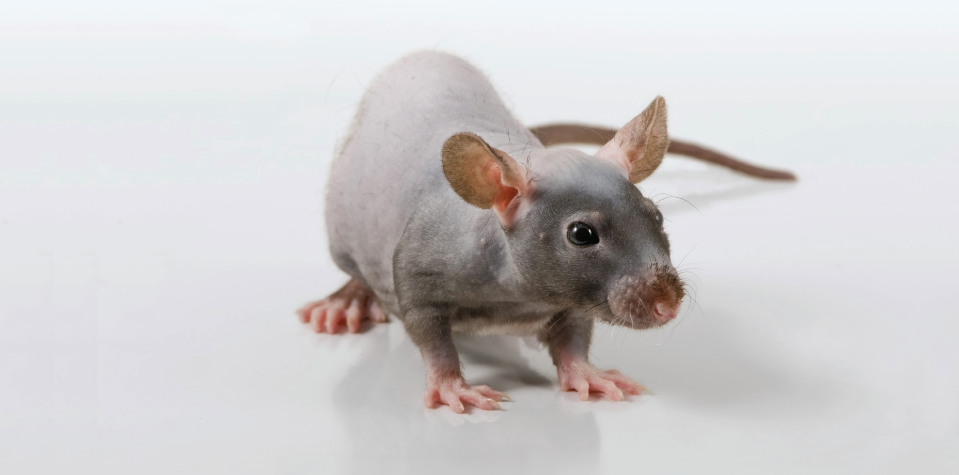
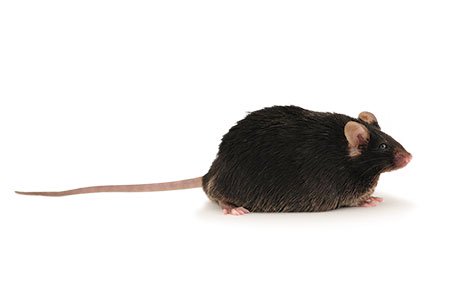
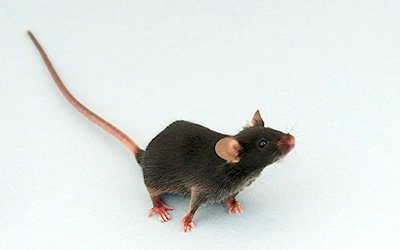
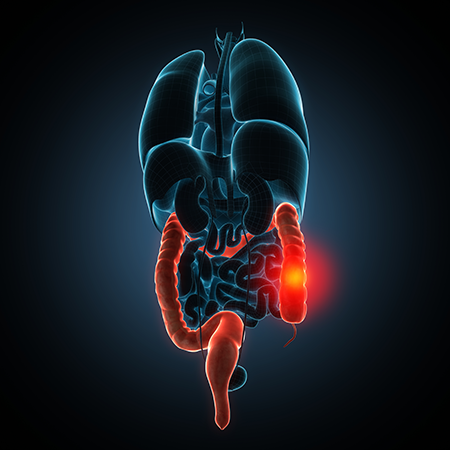
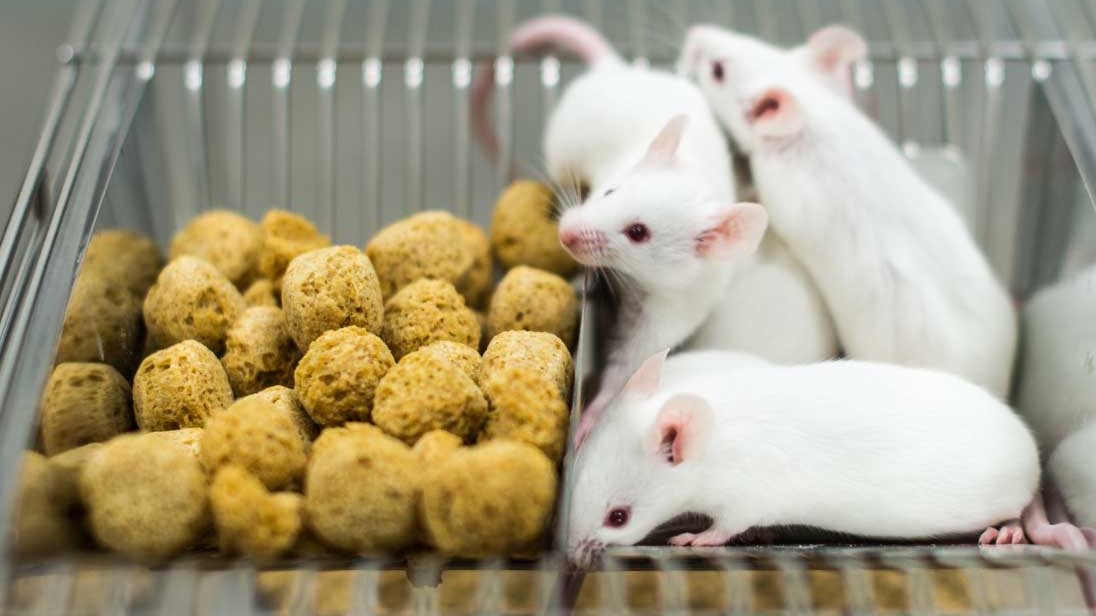


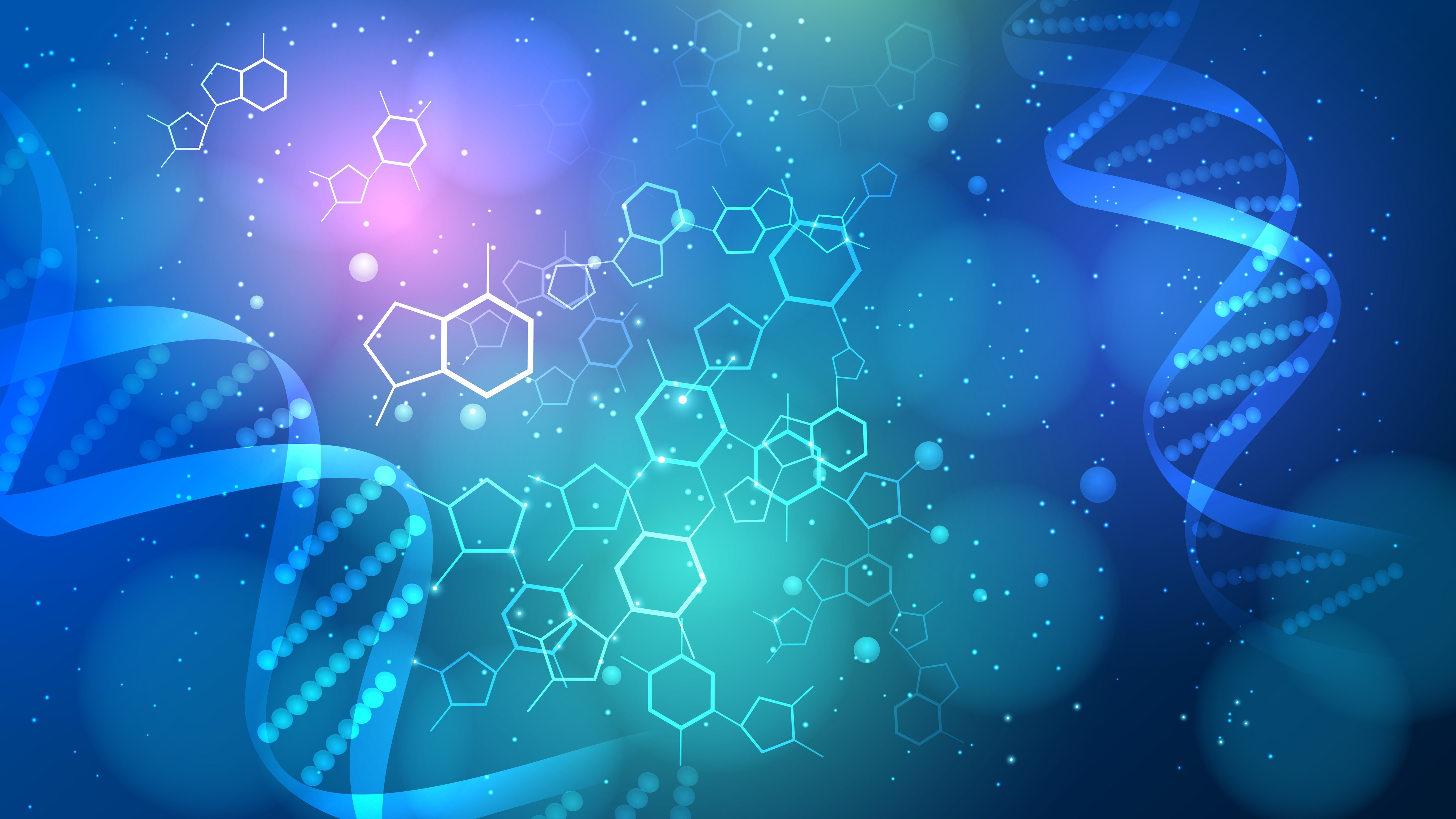
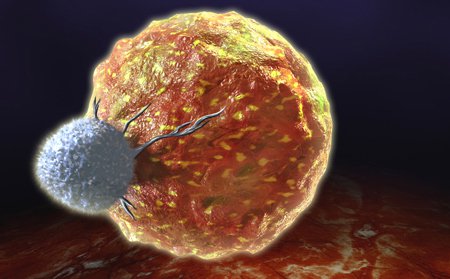
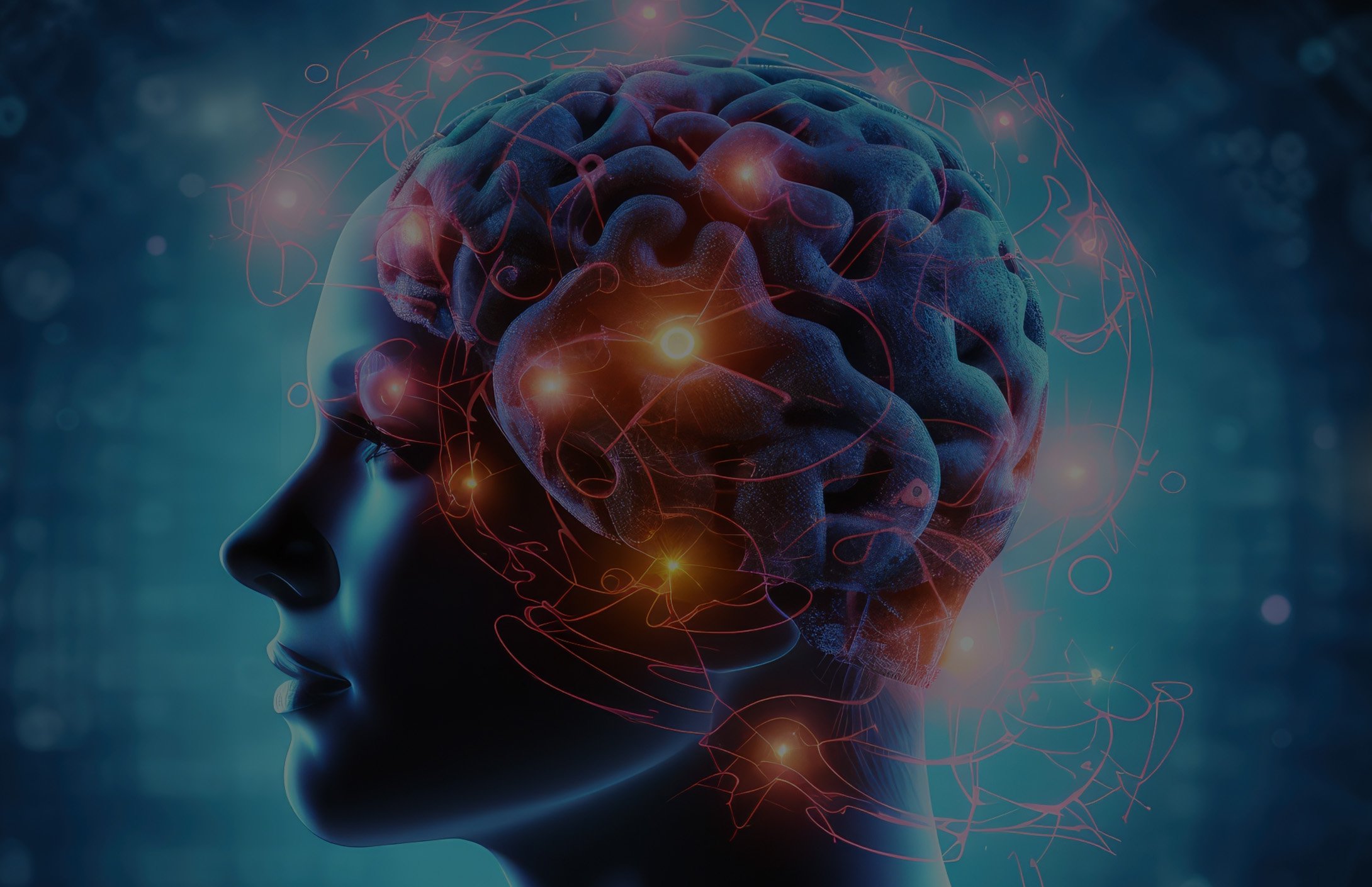
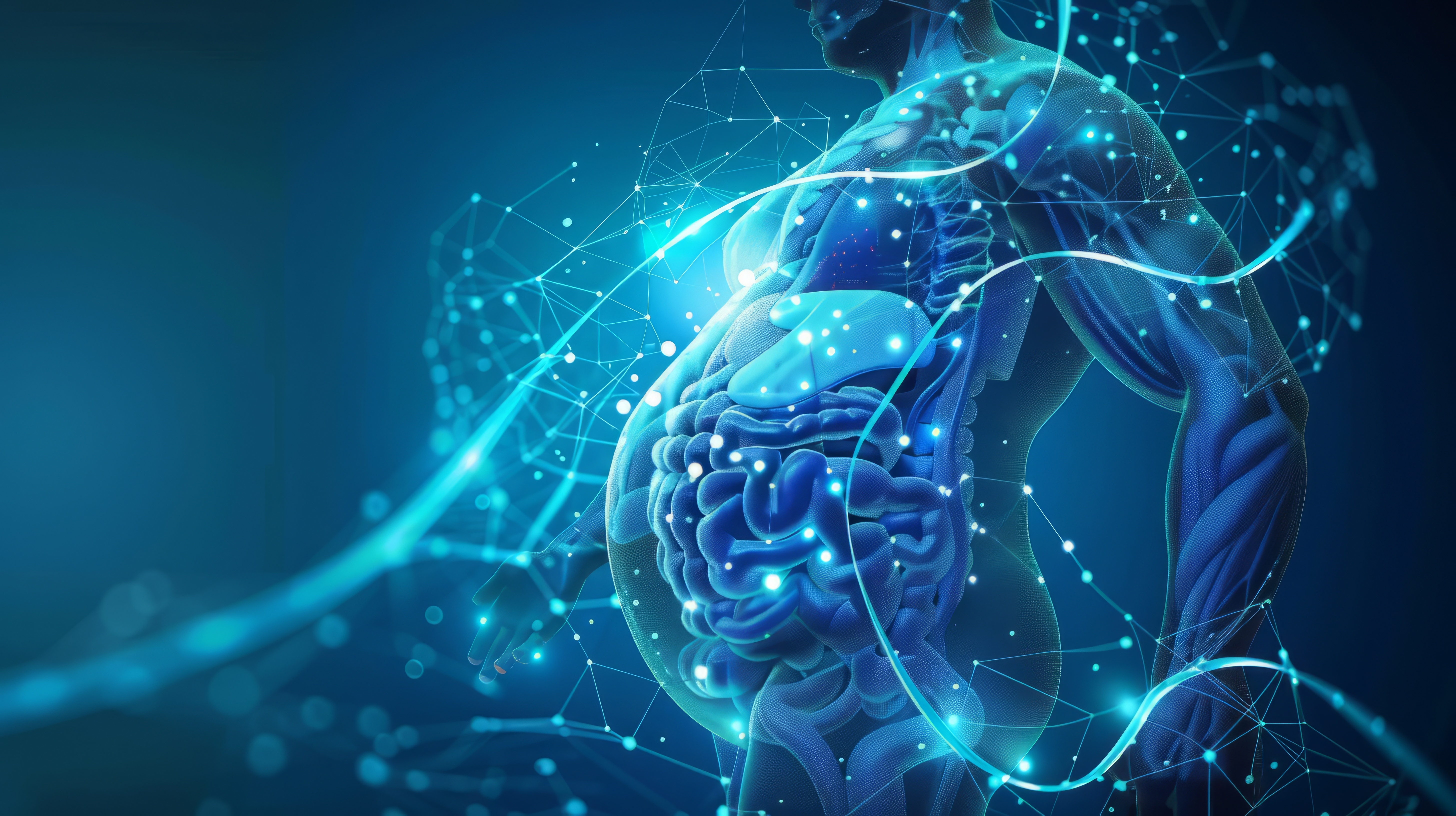
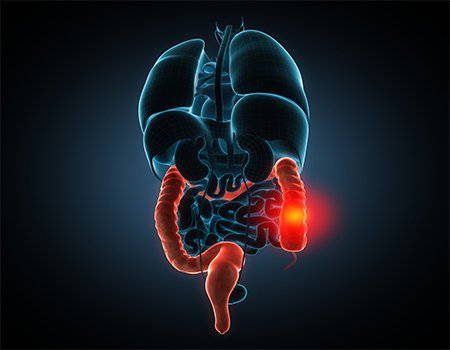

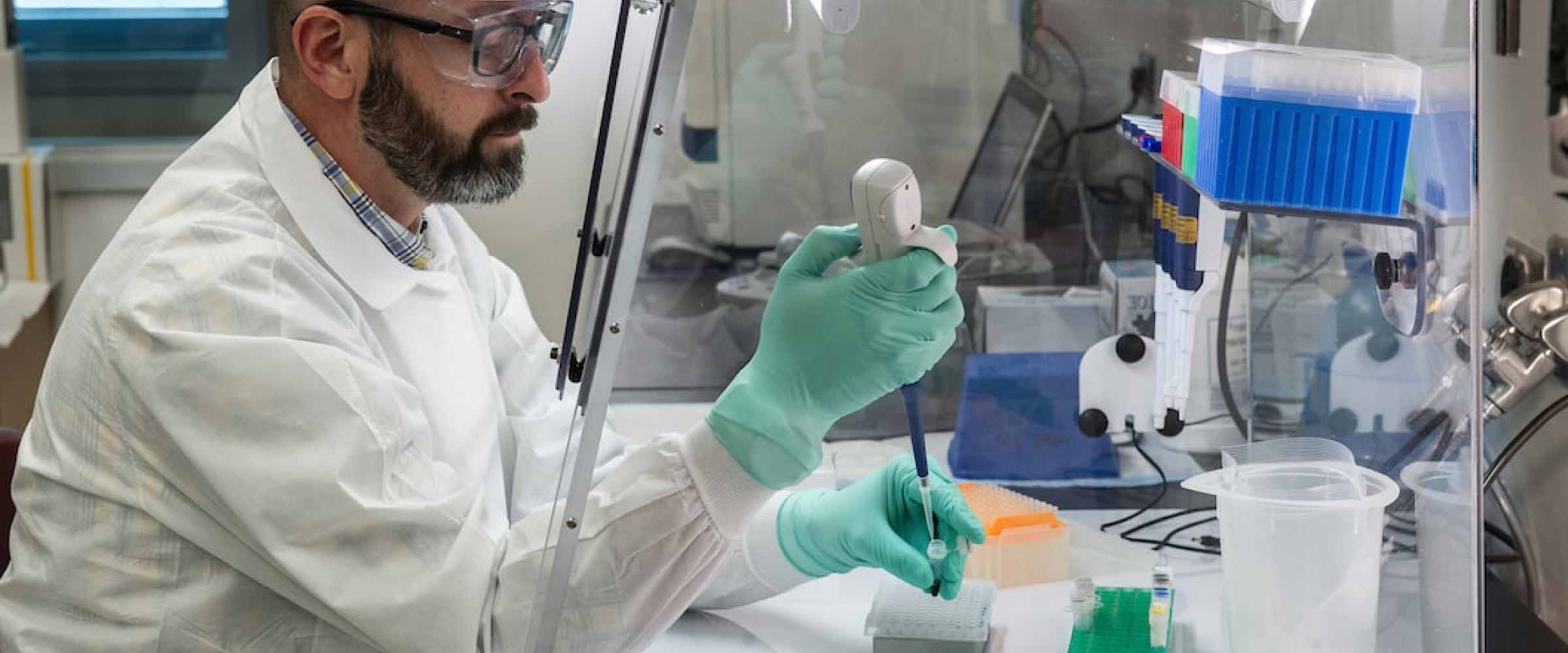
.jpg)

.jpg)
.jpg)
.jpg)
.jpg)
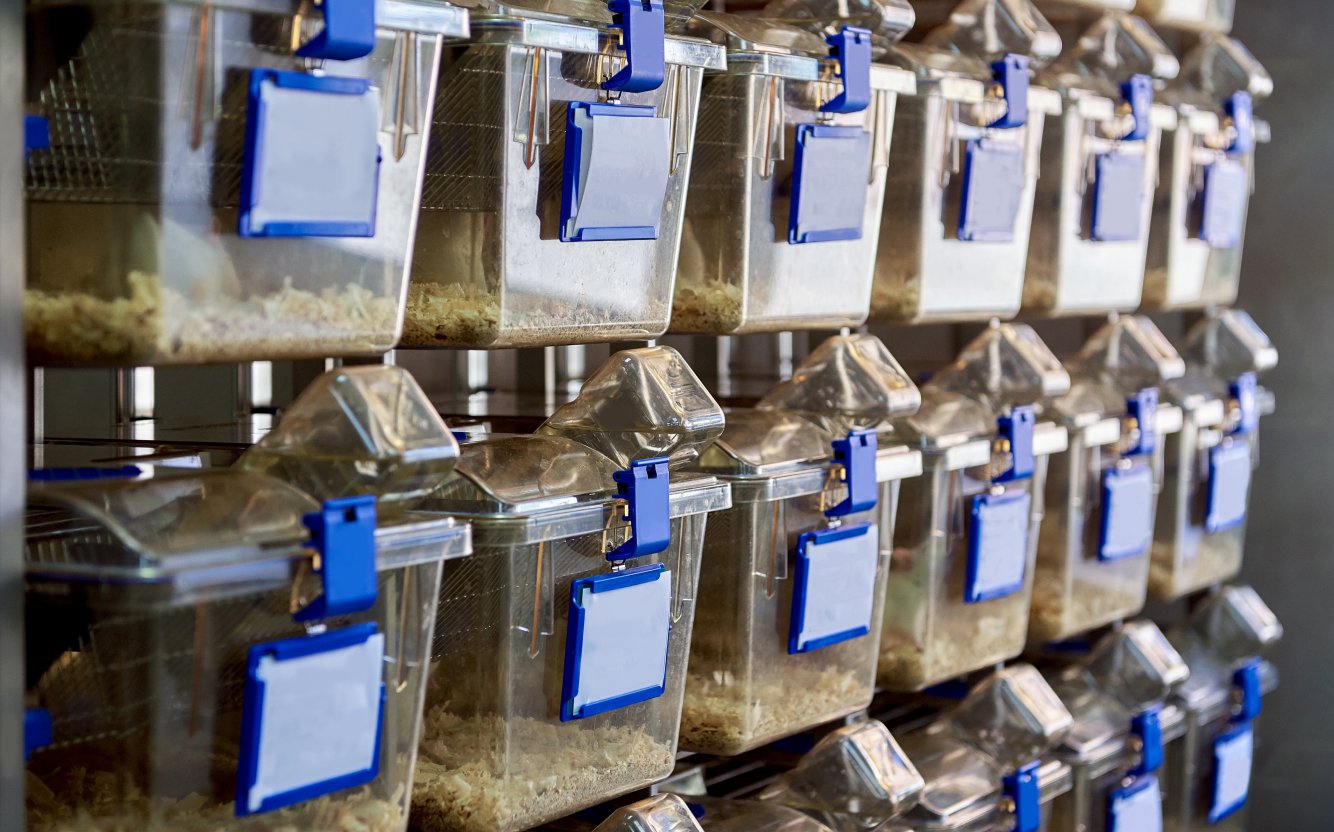
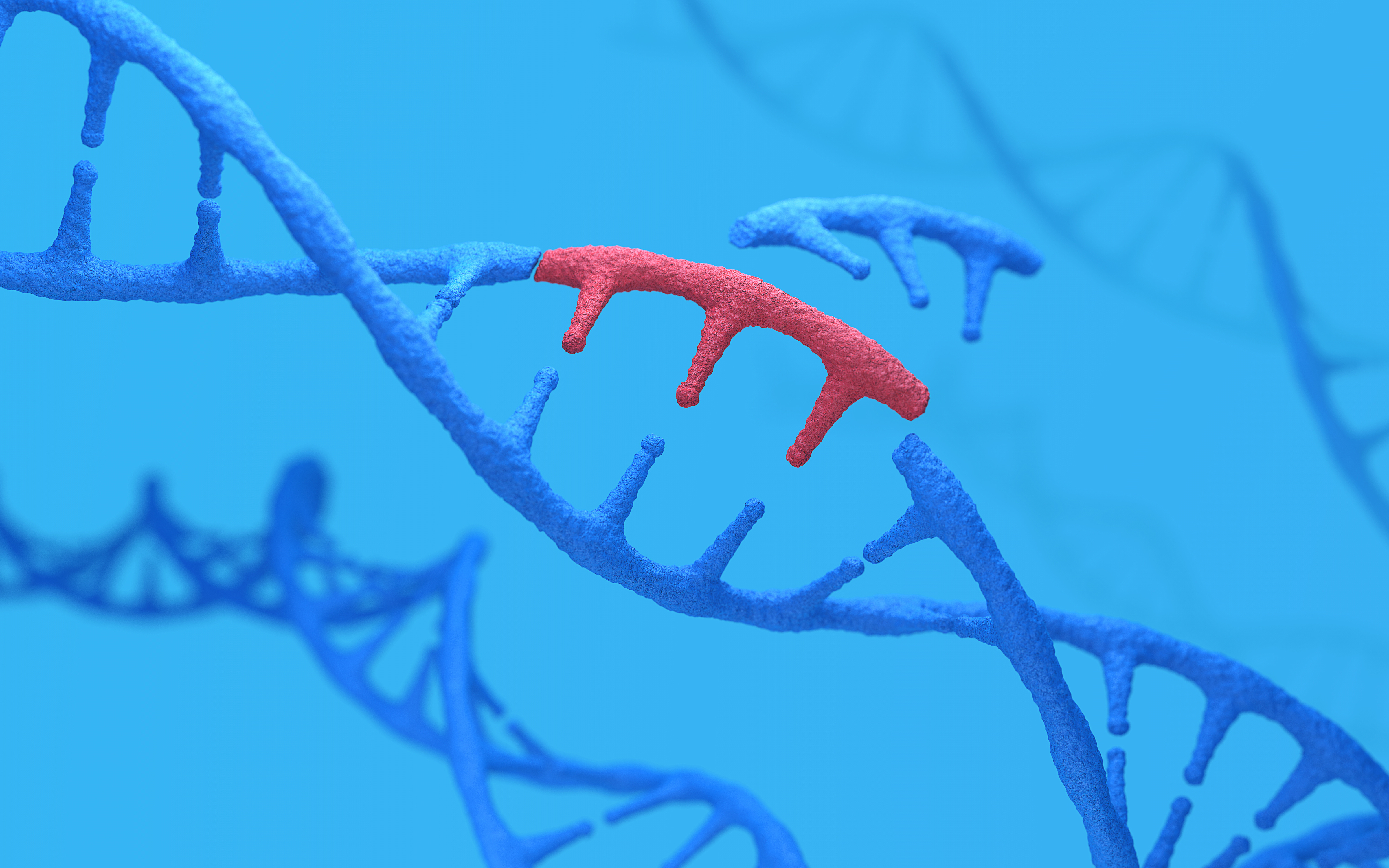
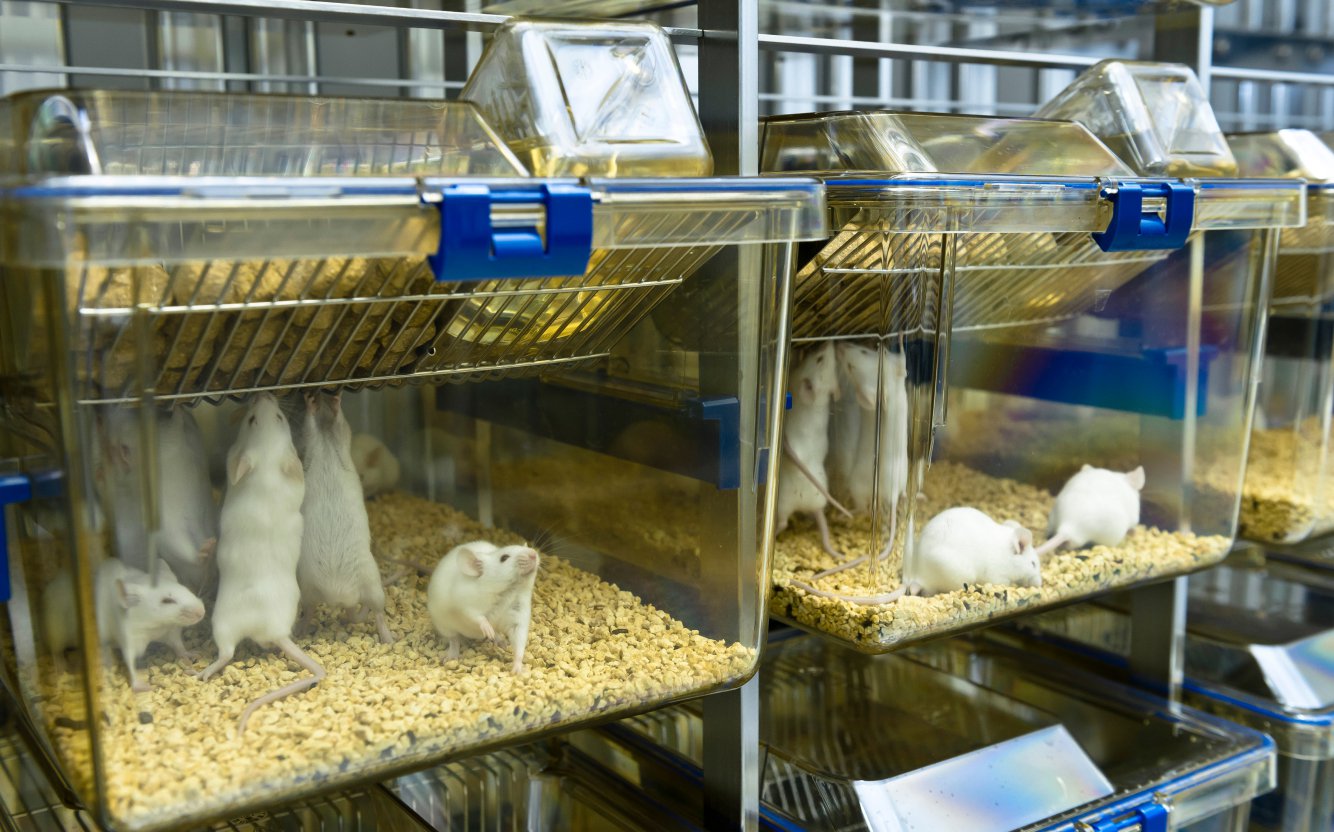
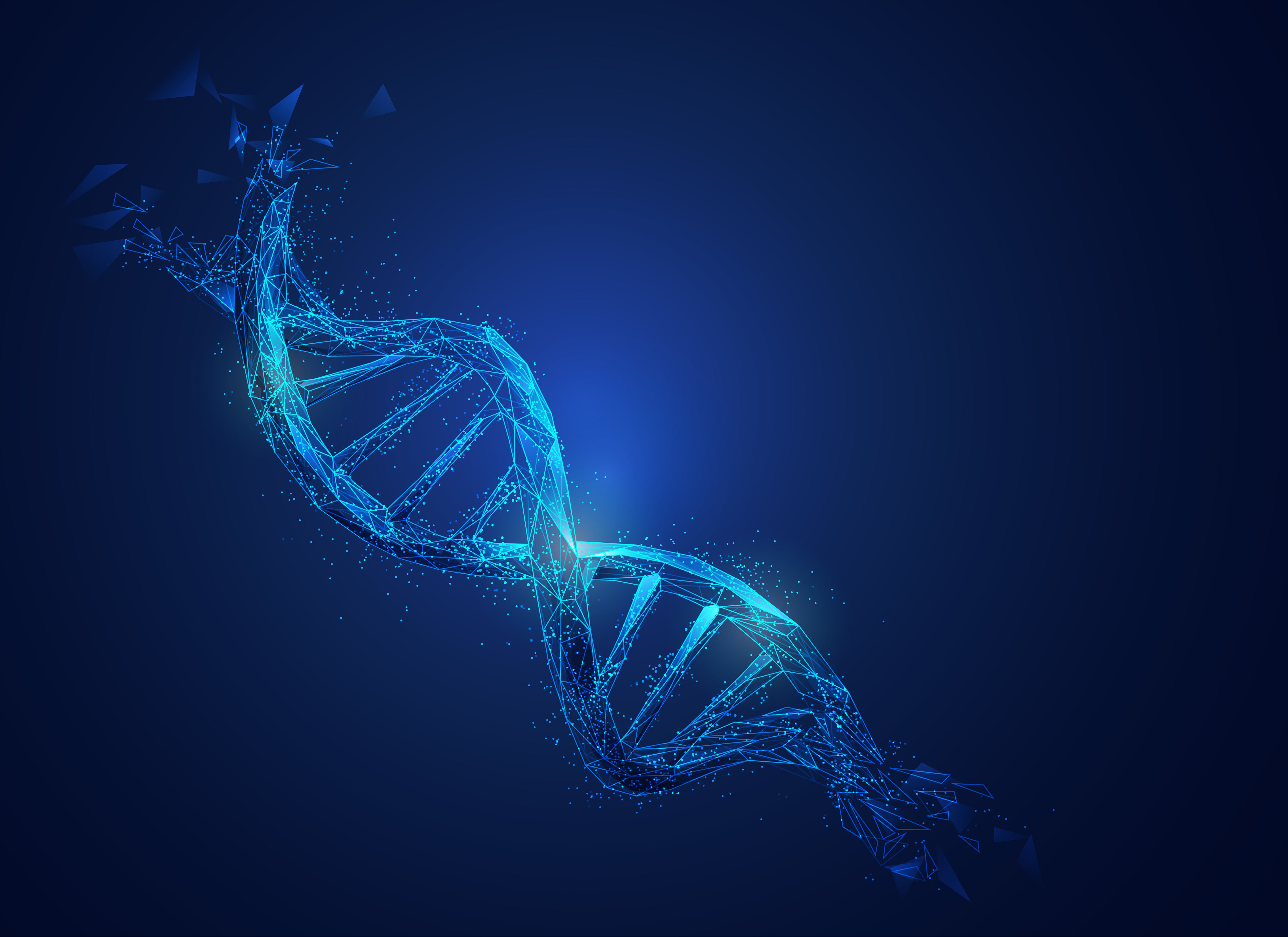
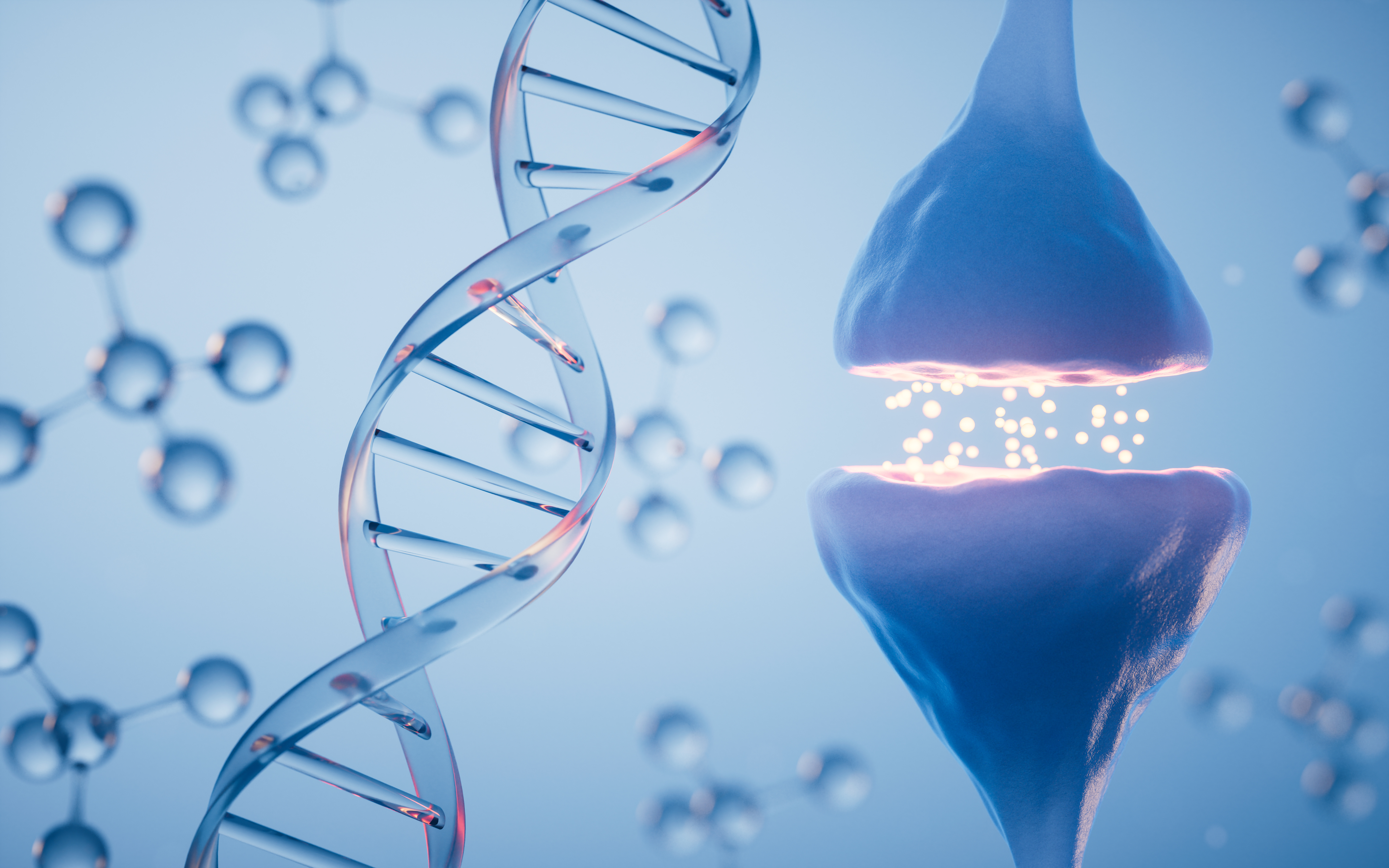
.jpg)

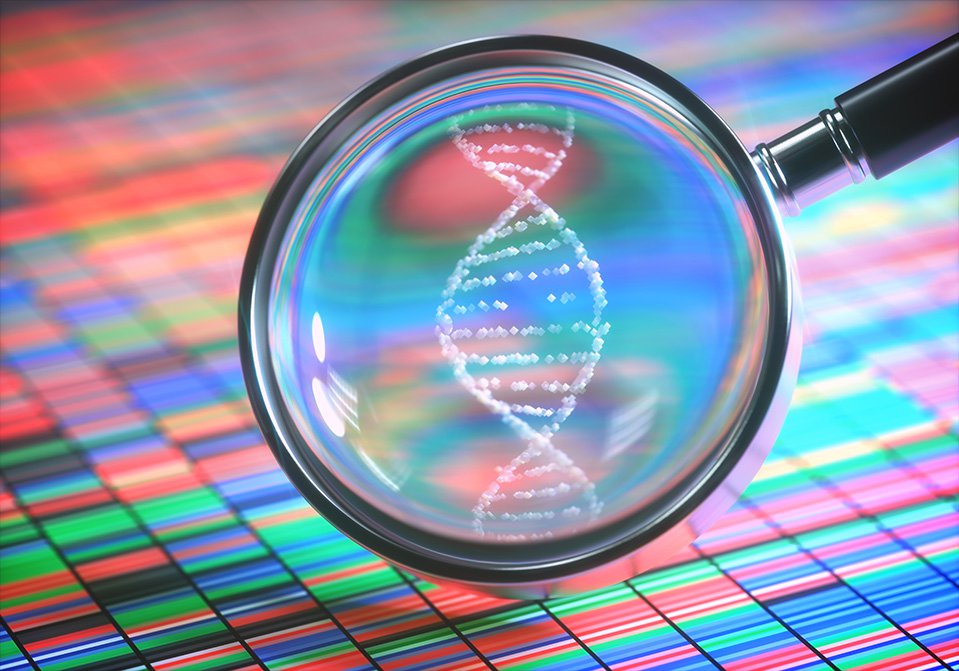
.jpg)
.jpg)

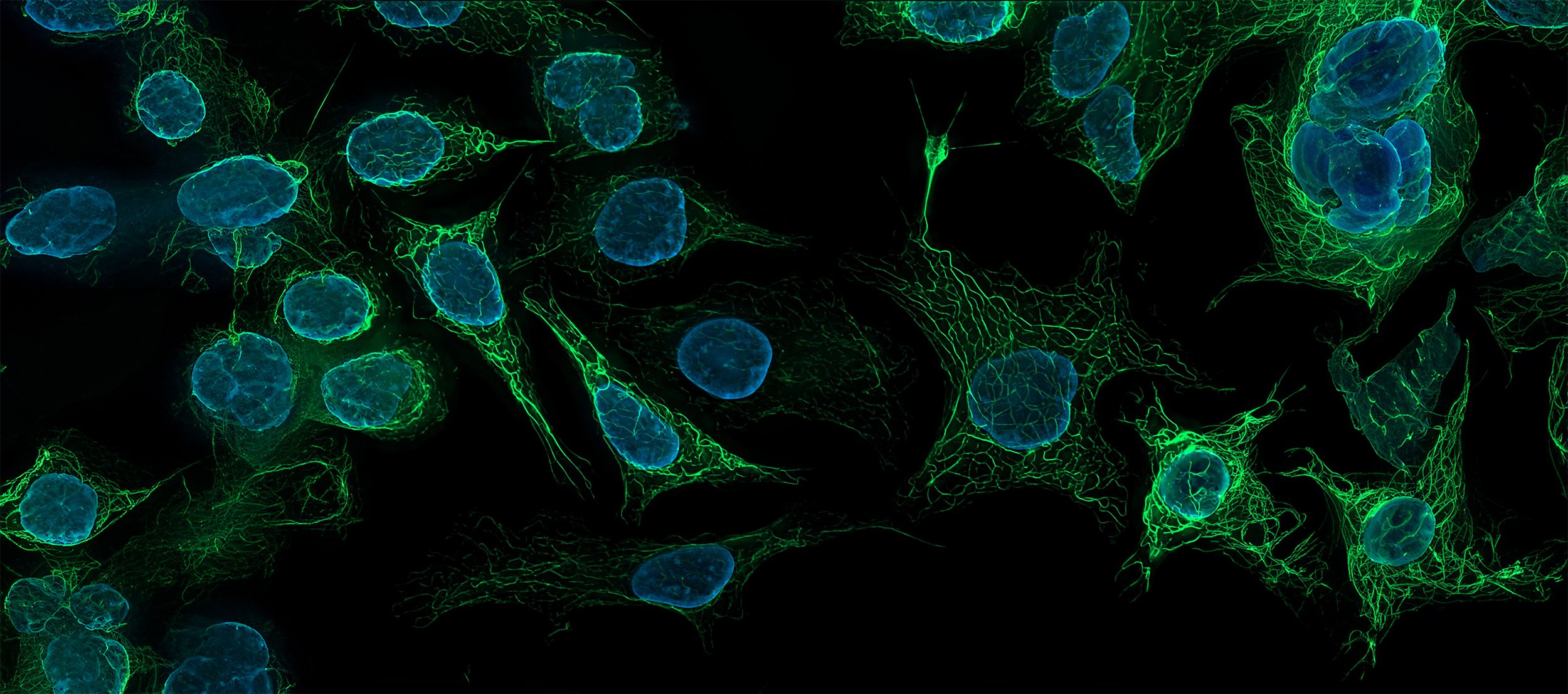
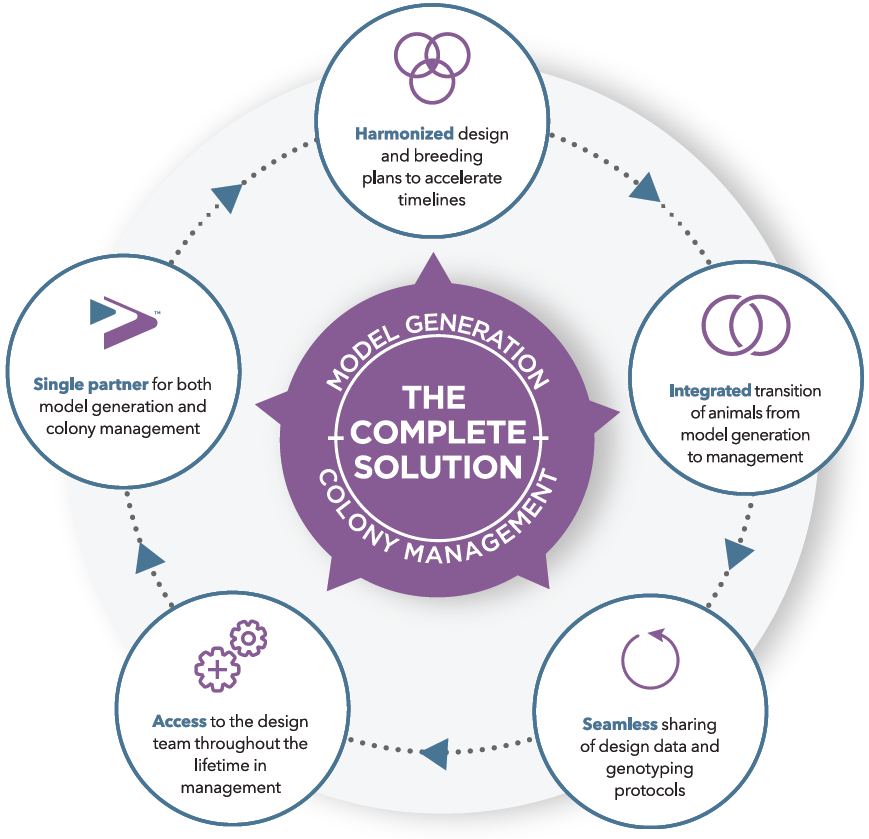
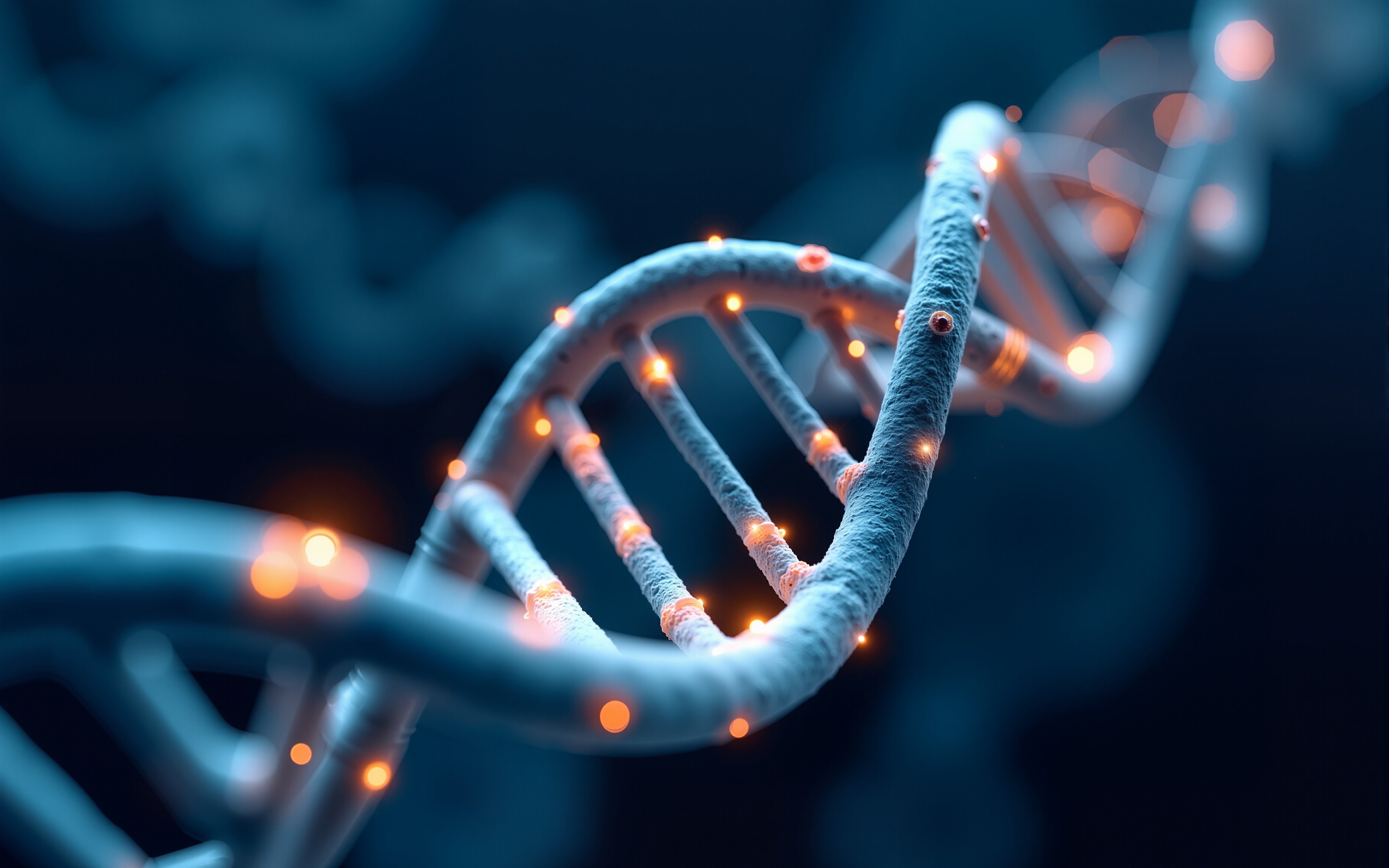
.jpg)
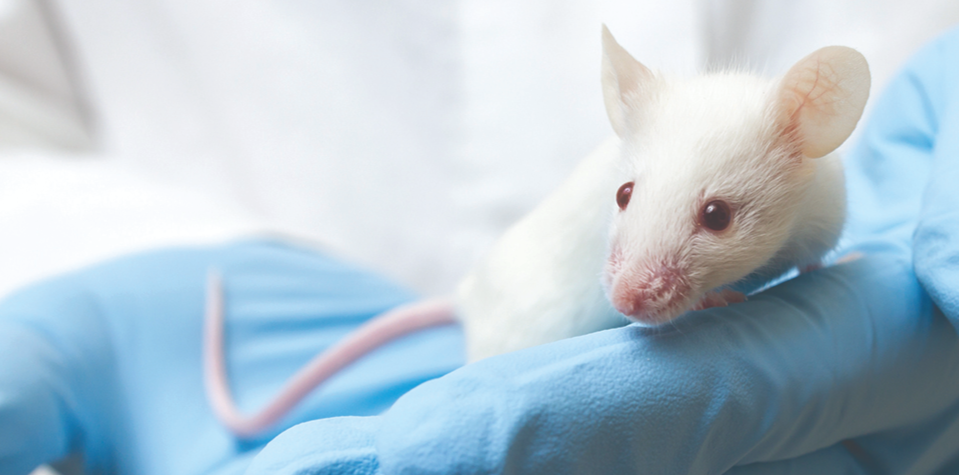

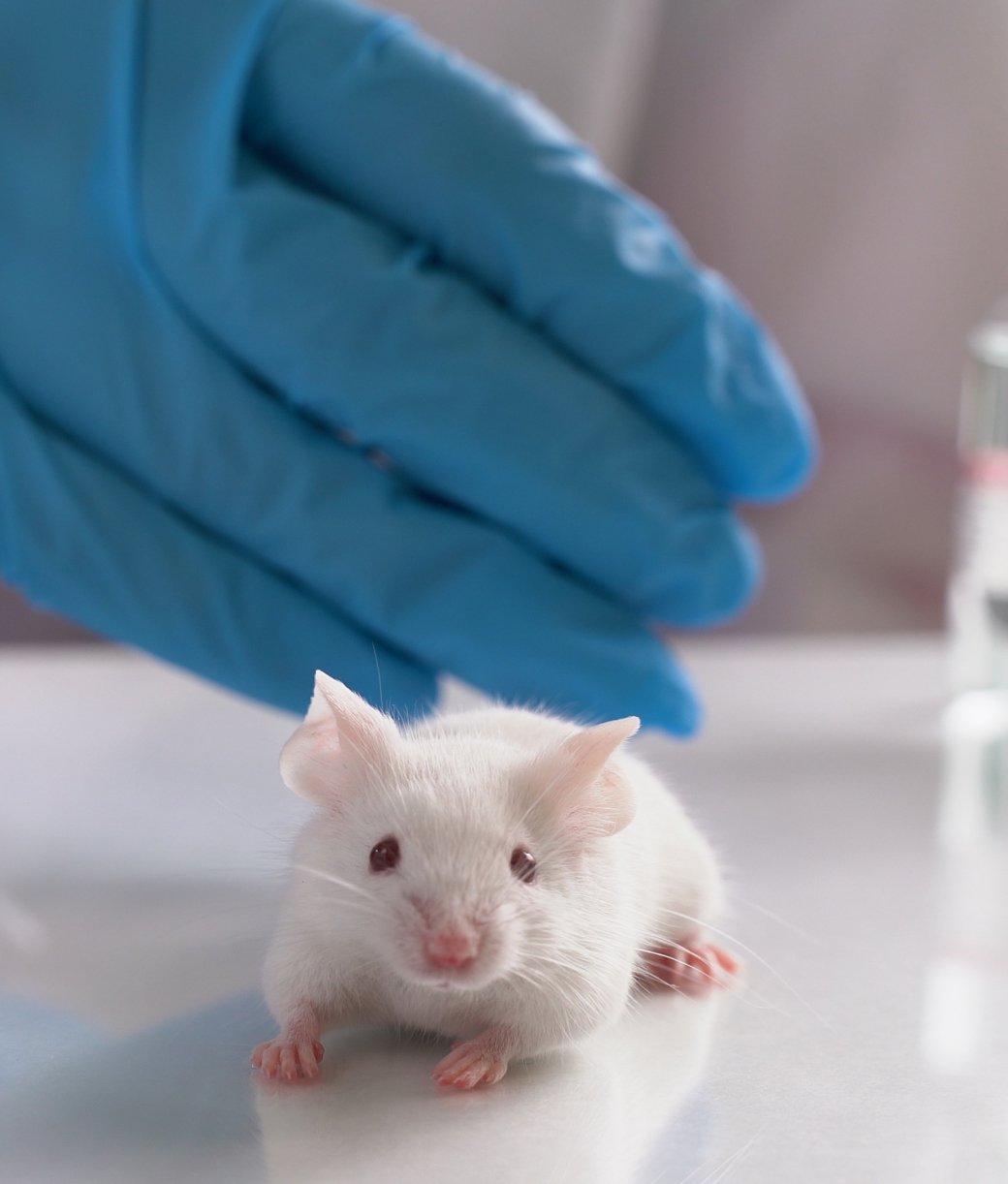

.jpg)

.jpg)



